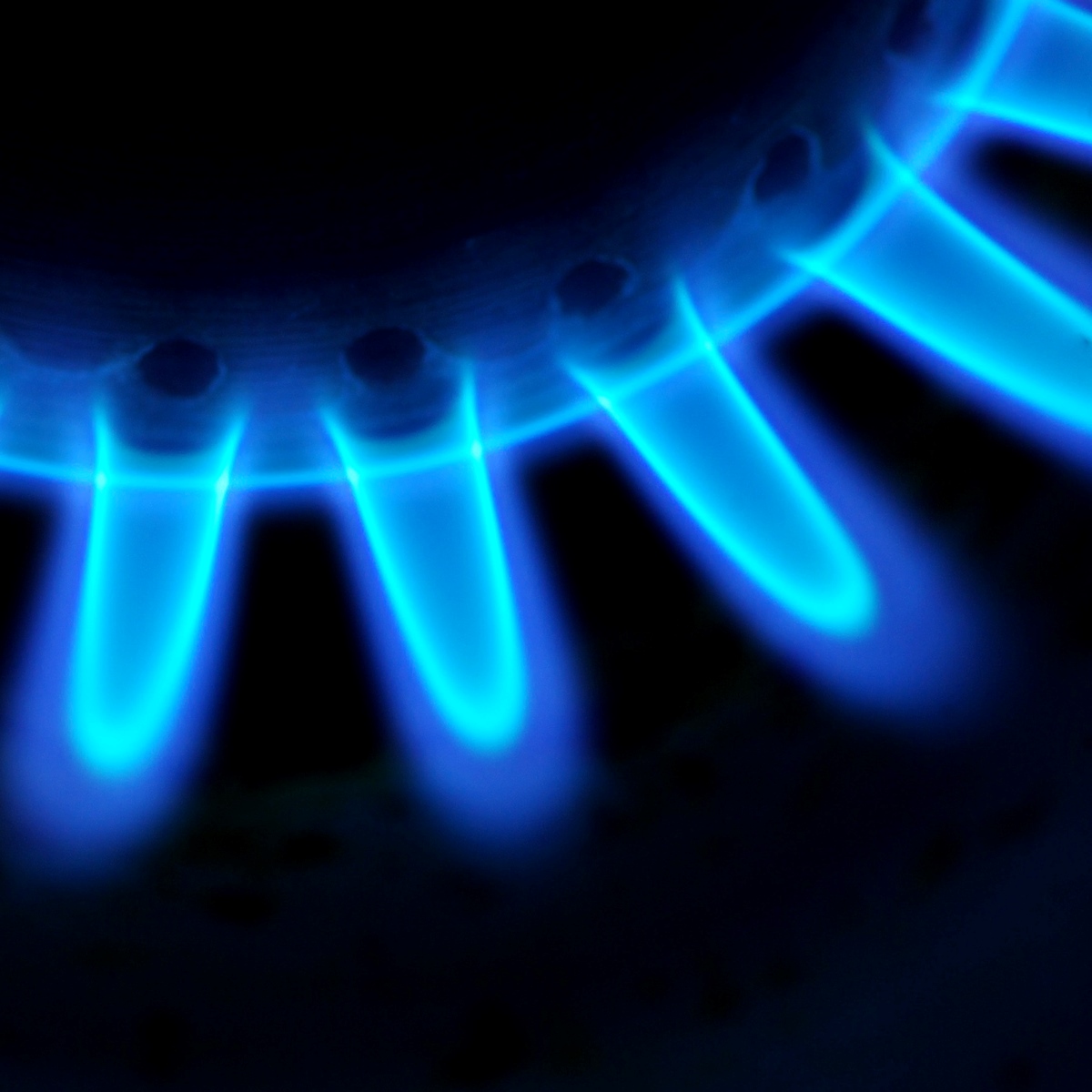
Vine Resources has filed an S-1 form with the U.S. Securities and Exchange Commission (SEC) regarding its initial public offering (IPO). No pricing details were listed in the filing, but the offering was valued up to $500 million. The company intends to list its stock on the New York Stock Exchange under the symbol VRI.
The underwriters for the offering are Credit Suisse and Morgan Stanley.
This is a pure play natural gas company focused solely on the development of natural gas properties in the stacked Haynesville and Mid-Bossier shale plays in the Haynesville Basin of Northwest Louisiana. The Haynesville and Mid-Bossier shales are among the highest quality, highest return dry gas resource plays in North America, with approximately 489 Tcf of natural gas in place in the Haynesville play, according to the Oil & Gas Journal.
The Haynesville Basin has reemerged in recent years as a result of material increases in well economics driven by advances in enhanced drilling and completion techniques. This has led to higher recoveries on a per lateral foot basis through more frac stages and greater proppant usage combined with a steady reduction in well costs. The Mid-Bossier shale overlays the Haynesville shale and, while earlier in its development life cycle than the Haynesville shale, has demonstrated similar characteristics and well results.
Both plays demonstrate high-quality petrophysical characteristics, such as being over-pressured and having high porosity, permeability and thickness. Both plays also exhibit consistent and predictable geology and high EURs relative to D&C costs. In addition, due to significant development activity in the Haynesville Basin beginning in 2008, production and decline rates are predictable, and low-cost midstream infrastructure is currently in place with underutilized capacity. As a result of these factors, as well as Vine’s proximity to Henry Hub and other premium Gulf Coast markets, LNG export facilities and other end-users, management believes that it benefit from low breakeven costs relative to other North American natural gas plays, such as those in Appalachia and the Rockies.
Vine issued a forecast for 2017 in the filing:
Our 2017 CapEx forecast is approximately $320 million, which is almost entirely allocated to the development of 44 gross (20 net) operated wells and the development of 30 gross (13 net) non-operated wells utilizing 8 to 9 gross rigs. Additionally, our 2017 CapEx forecast includes six gross refracs on older producing wells to capitalize on our knowledge of our 2015 refrac program and our current completion design to significantly improve sectional production.
The company intends to use the proceeds from this offering to repay its indebtedness, with the remainder going toward working capital and general corporate purposes.
The Average American Has No Idea How Much Money You Can Make Today (Sponsor)
The last few years made people forget how much banks and CD’s can pay. Meanwhile, interest rates have spiked and many can afford to pay you much more, but most are keeping yields low and hoping you won’t notice.
But there is good news. To win qualified customers, some accounts are paying almost 10x the national average! That’s an incredible way to keep your money safe and earn more at the same time. Our top pick for high yield savings accounts includes other benefits as well. You can earn up to 3.80% with a Checking & Savings Account today Sign up and get up to $300 with direct deposit. No account fees. FDIC Insured.
Click here to see how much more you could be earning on your savings today. It takes just a few minutes to open an account to make your money work for you.
Our top pick for high yield savings accounts includes other benefits as well. You can earn up to 4.00% with a Checking & Savings Account from Sofi. Sign up and get up to $300 with direct deposit. No account fees. FDIC Insured.
Thank you for reading! Have some feedback for us?
Contact the 24/7 Wall St. editorial team.




